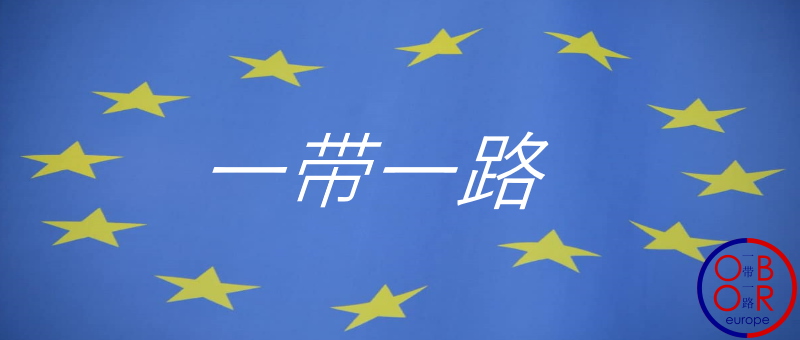by Mr. Mike Healey and Dr. Sebastien Goulard

On July 6, 2021, Stuart Lau (Politico) published an article about a possible answer to the BRI formulated by the European Union. According to Lau, EU governments are to ask the Commission to prepare a list of “high impact and visible projects” for the next six months.
If this is confirmed it means that the EU member States are considering launching an EU version of the Belt and Road Initiative (BRI). Stuart Lau notes that the EU will need to find a catchy name for their program as attractive as the BRI. But BRI is much more than just a name and a logo.
A lack of consistency
The main question that the Commission faces is how to build trust? Prior to this project, the EU worked on initiatives that were also aiming at boosting connectivity between Europe and Asia. In September 2018, the European strategic program on connectivity between Europe and Asia was unveiled by Federica Mogherini, the then High Representative of the European Union for Foreign Affairs and Security Policy. Then, in September 2019, the EU and Japan inaugurated the Partnership on Sustainable Connectivity and Quality Infrastructure, to offer support to Asian countries for their infrastructure projects.
In early June 2021, leaders from the largest European economies (Germany, France, Italy) and representatives from the EU seemed to back President Biden’s proposal to create the ‘Build Back Better World’ program (B3W) that was intended to compete with China’s BRI.
Those constant changes make the EU strategy difficult to follow for potential partner countries and companies. Why would a developing country join the EU initiative if the extent and duration of the program is vague ? and would it not be safer to get involved in the BRI, an initiative that is enshrined in the constitution of the Peoples Republic of China?
There are also issues regarding the participation of EU member states in this initiative. While it is clear that France, Germany, Netherlands will be interested in developing programs to finance and construct infrastructure abroad, as some of their domestic companies may benefit from contracts, it will be harder to convince some “smaller” EU members such as Romania and Bulgaria, whose GDP per capita are lower than Brazil or Chile, to contribute to the development of larger economies in Asia, Africa or South America.
Project ’Me Too’: sandwiched between the US & China
In the case that the EU Commission, urged on by the member States promotes the new project as a rival to the BRI, it must expect China to compete. The BRI is not perfect and suffers from flaws such as the potential impact of debt that it can create in participating States, but it is a reliable mechanism. The BRI is also relatively generous in scope. It is not known how much resource the EU will commit to this project, but it is obvious that a post-pandemic EU may have fewer resources to allocate to projects outside of the Single Market.
A possible EU initiative may also not be welcome in Washington as it pushes the B3W program. According to Politico, Latin America (along with Africa) would be a privileged destination of the would-be EU program. But this region has been a focus of US diplomacy since the Monroe Doctrine was first enunciated in 1823. It will be very challenging for the EU to develop a program between those of the US and China.
A catchy name may not be enough to fend off competition from both the US and China and the EU is late to the party.
Cooperation
China has invited Europe to join the BRI, and some European States have accepted this offer. Most Western European countries have shown some reluctance, but a number of European companies in the construction, energy or financial sectors are involved in BRI. The question to be asked is ‘What will happen to those countries and companies if the EU launches a competing project?’.
It will be important to keep cooperation at the core of EU-China relations. If the EU wants to develop an initiative that aims at financing infrastructure projects abroad, it should not be branded as an alternative to the BRI, but as a complimentary parallel program.
